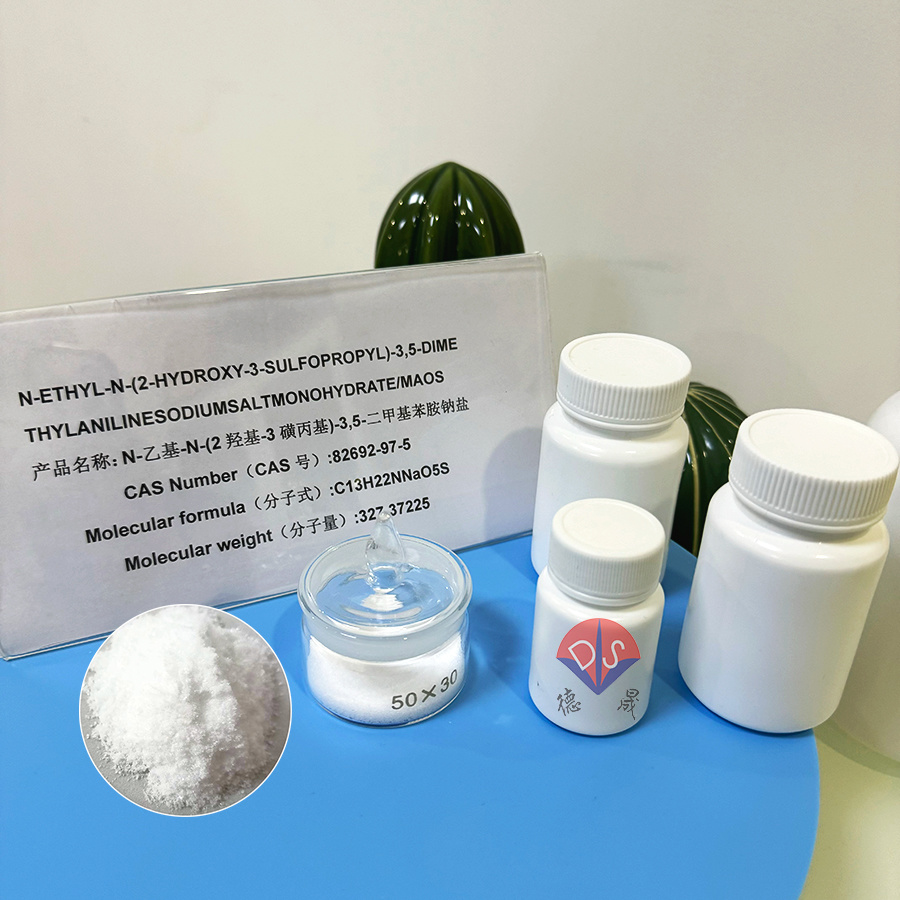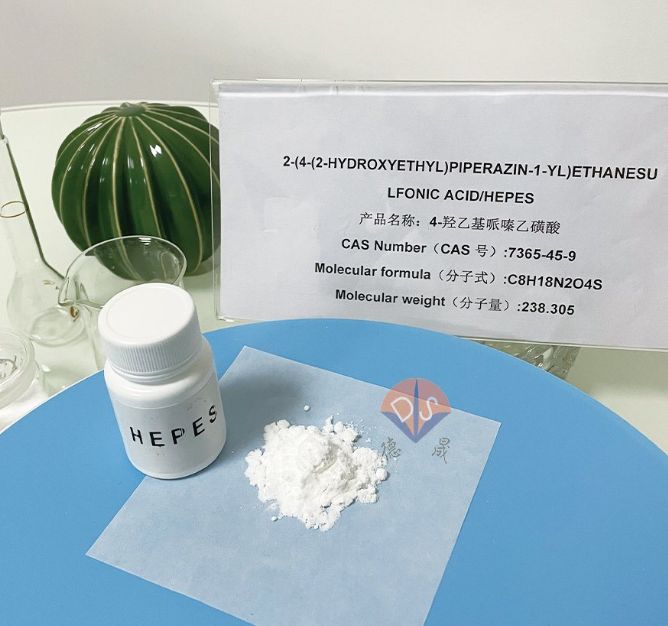How to classify so many in vitro diagnostic reagents
Release time:
2025-05-07
In the field of modern medicine, in vitro diagnostic reagents play a crucial role. It can detect human samples (such as blood, urine, tissue, etc.) in vitro, providing information for early screening, diagnosis, and efficacy evaluation of the disease. From common blood routine testing to complex genetic testing, in vitro diagnostic reagents are widely used in various clinical fields, improving accuracy and efficiency. With the rapid development of medical technology, the family of in vitro diagnostic reagents is becoming increasingly large and diverse, which is dazzling. It is particularly important to scientifically and reasonably classify these reagents in order to better manage, use, and understand them. At present, in vitro diagnostic reagents are classified into Class I, Class II, and Class III products based on the degree of product risk from low to high.

(chromogenic substrate MAOS)
1、 A type of in vitro diagnostic reagent product
A type of in vitro diagnostic reagent product has relatively low risks, mainly including microbial culture media (not used for microbial identification and drug sensitivity testing) and sample processing products such as hemolytic agents, diluents, staining solutions, etc. Microbial culture medium mainly provides a suitable environment for the growth and reproduction of microorganisms. Sample processing products play an important preparatory role in the in vitro diagnostic process. Hemolytic agents can cause the rupture of red blood cells, releasing components such as hemoglobin, which facilitates the subsequent detection of other components in the blood; Dilution solution is used to appropriately dilute the sample, so that the concentration of the substance to be detected is within the detectable range of the detection instrument, while also reducing the interference of impurities in the sample; Staining solution can be used to stain cell or tissue samples, allowing for clearer observation of the sample's morphology and structure through color differences, and assisting in diagnosis. Although these reagents may seem simple, they are an indispensable part of the in vitro diagnostic process, laying the foundation for more accurate detection in the future.
2、 Class II in vitro diagnostic reagent products
Class II in vitro diagnostic reagent products cover a wide range, mainly used for the detection of various substances, as well as microbial identification or drug sensitivity testing. In terms of substance detection, it includes reagents used for detecting proteins, sugars, enzymes, esters, vitamins, inorganic ions, autoantibodies, and other substances. These reagents can specifically recognize and detect the corresponding substances. In the diagnosis of diabetes, the reagents used for carbohydrate detection can accurately measure the glucose content in the blood, providing key data for the diagnosis and condition monitoring of diabetes; The reagents used for hormone detection can detect various levels of thyroid hormones, insulin, etc., to assist in the diagnosis of endocrine related diseases. Reagents used for detecting other physiological, biochemical, or immune function indicators are also included in this list. They reflect the physiological and pathological state of the human body from different perspectives, providing rich information for fully understanding the patient's physical condition.
3、 Three types of in vitro diagnostic reagent products
The three types of in vitro diagnostic reagents have relatively high risks and are closely related to the diagnosis and treatment of some key diseases. This includes reagents related to pathogen antigens, antibodies, and nucleic acid testing. In the field of infectious disease diagnosis, such reagents can quickly and accurately detect antigens, antibodies, or nucleic acids of pathogens.

In the vast industry chain of in vitro diagnostic reagents, Hubei Xindesheng plays a key supporting role as a manufacturer of IVD reagent raw materials. Xindesheng focuses on the research and production of IVD reagent raw materials, and its products such as biological buffering agents, enzyme preparations, and chromogenic substrates are of reliable quality. In terms of biological buffering agents, Xindesheng has multiple types of buffering agents that can accurately adjust the pH value of the reaction system, providing a stable environment for the production of various in vitro diagnostic reagents. In the field of enzyme preparations, it has the characteristics of high activity and strong stability. In the production of biochemical and molecular diagnostic reagents, it catalyzes related reactions to ensure the accuracy of detection results. With advanced production technology and strict quality control system, Hubei Xindesheng has provided key raw materials for numerous in vitro diagnostic reagent production enterprises, helping the in vitro diagnostic industry to continuously develop. If you need it, please feel free to contact us anytime!
Contact details
Contact number
Address: C8, Guanggu United Science and Technology City, Ezhou City, Hubei Province
Fax:0711-3704 589
Follow us



